For Apple’s update earlier this yearSecond-generation HomePodthe author took a little time to experience, and analyzed the difference in the new HomePod, which is almost the same as the version that entered the market in 2018, but the internal hardware specifications are obviously different.
▲Second generation HomePod
The appearance and specifications have indeed “shrunk”, but the overall user experience has improved
From the appearance point of view, the second-generation HomePod has almost no difference from the first generation, but the height is reduced to 6.6 inches (about 168mm), the width is slightly reduced to 5.6 inches (about 142mm), and the weight is also slightly reduced to 2.3 kg. Compared with the smart speaker products on the market, it is still quite “heavy”, so you must also pay attention to the fact that it may leave indentations after a long time when placed on a table made of a specific material.
The fuselage is also covered with mesh material (it is expected to be provided by Lili, a Taiwanese textile company). It also distinguishes between black and white styles. Compared with the first generation, the biggest difference in appearance is that the power cord is finally detachable and has a fool-proof design. Prevent users from installing the power cord in the wrong direction.
In addition, the top touch operation interface is designed in a concave form in the second generation, which is different from the slightly protruding form in the first generation, but both operations can still be controlled through voice control, touch, or proximity sensing through NFC.
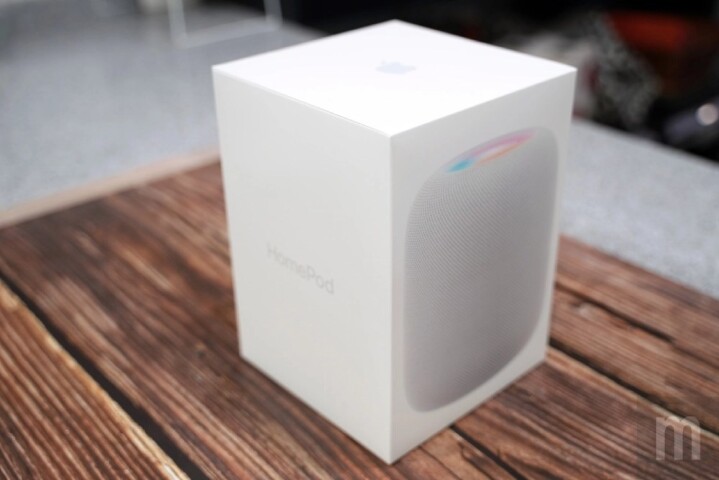
▲The second-generation HomePod box is obviously different from the first one
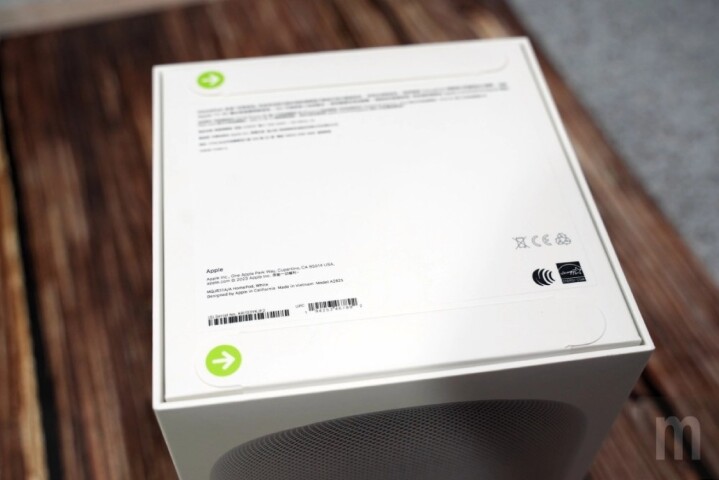
▲ Cancel the plastic film design and replace it with the same paper packaging method as the iPhone model
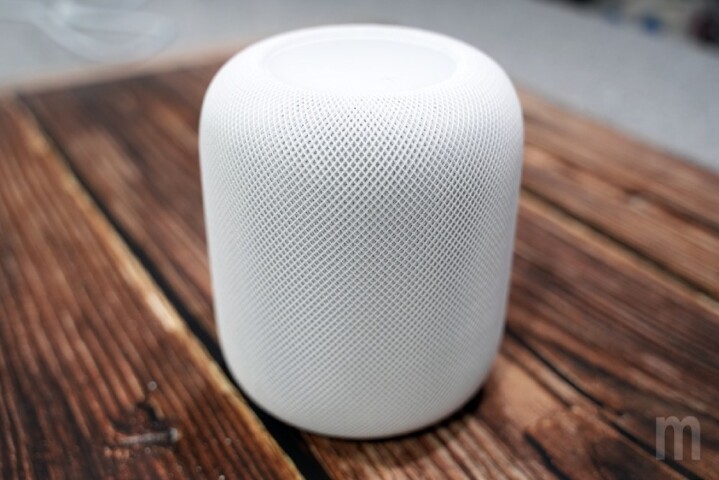
▲The second-generation HomePod is not much different from the first generation at first glance
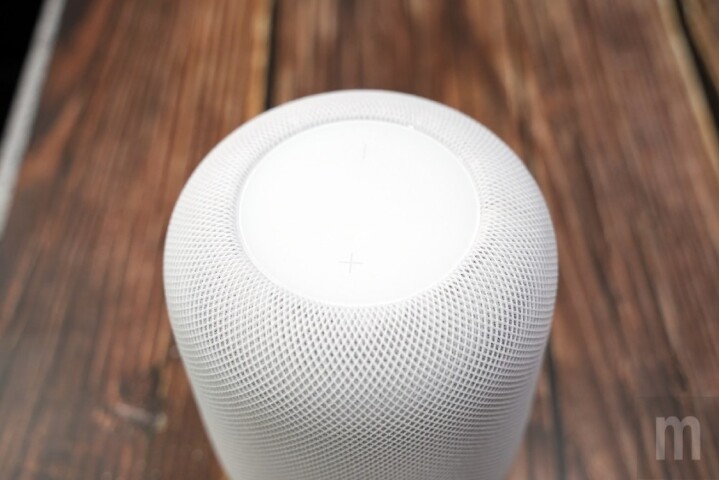
▲The top touch panel adopts slightly concave design
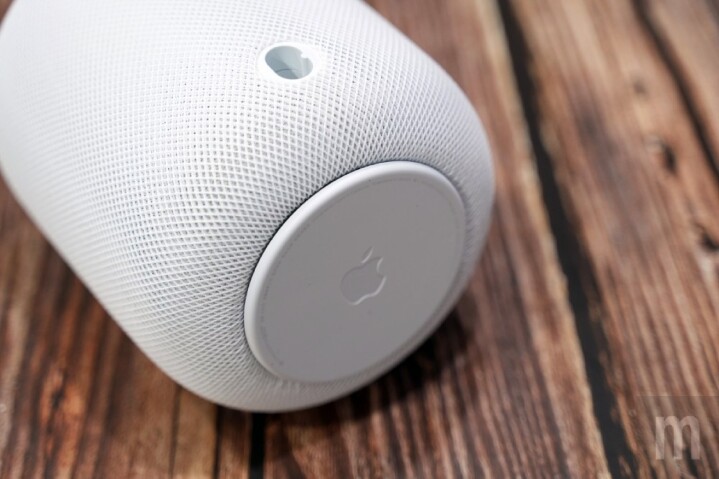
▲The bottom adopts a flat design, and the power cord is finally replaced with a detachable form
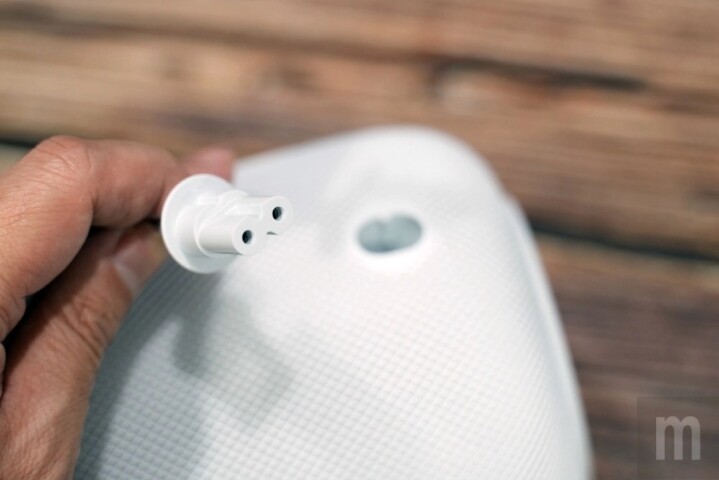
▲A fool-proof design to prevent users from installing the power cord in the wrong direction
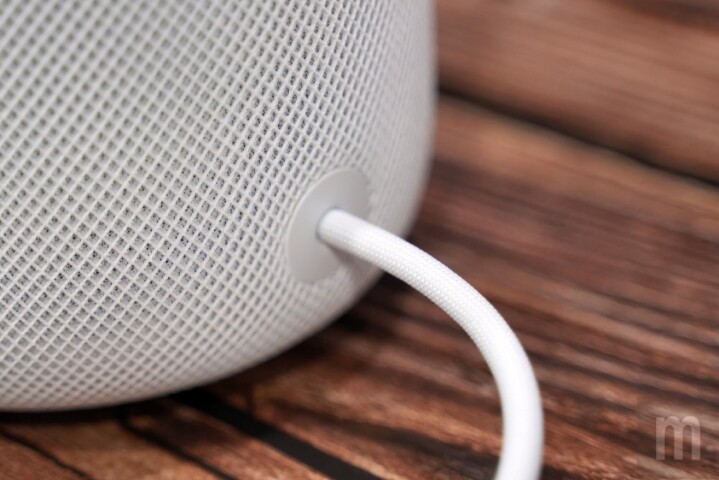
▲ After connecting, the form is almost the same as the first generation
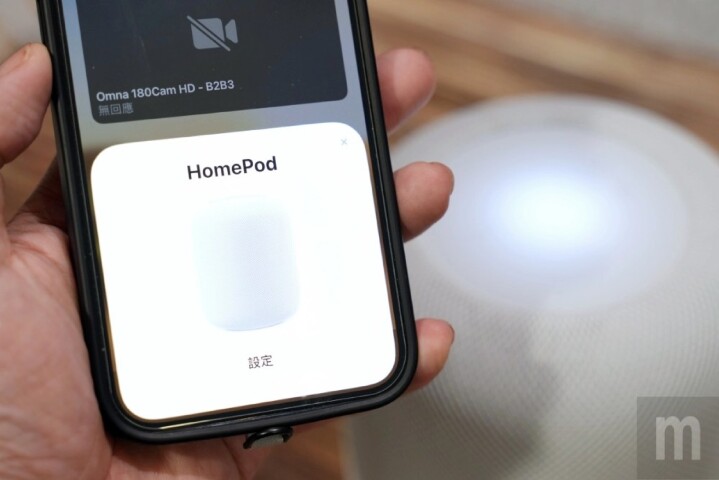
▲It can also be installed quickly through the iPhone
For internal design, the second-generation HomePod maintains the use of a 4-inch long-amplitude woofer, but the folded horn-type tweeter that supports beamforming is reduced to 5 groups, and the number of microphones arranged in a circular array is also reduced to 4 groups. The first generation did shrink in terms of specifications, and even the Wi-Fi connection specification was changed to 802.11n, which is the Wi-Fi 4 specification, instead of the 802.11ac supported by the first generation, which is the Wi-Fi 5 design.
In addition, the second-generation HomePod uses the same S7 chip as the Apple Watch series 7, while the first generation uses the same A8 chip as the iPhone 6 (the HomePod mini uses the same S5 chip as the Apple Watch series 5). chip).
Due to changes in hardware specifications, the second-generation HomePod cannot be paired with the first-generation HomePod to form left and right audio channels, but can only be paired with another second-generation HomePod with the same hardware specifications.
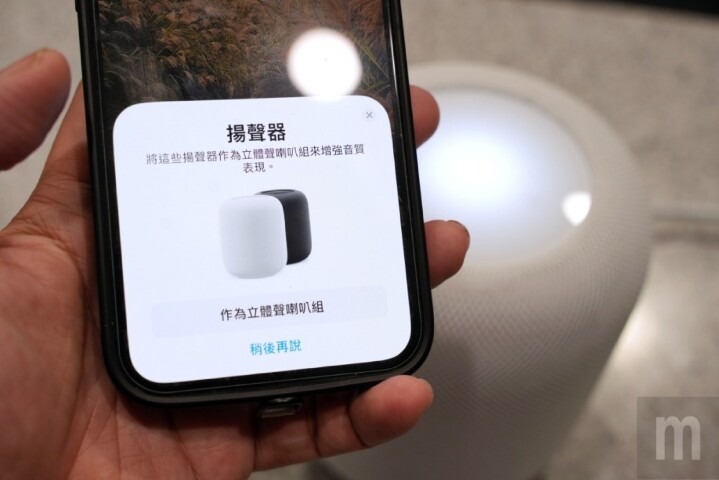
▲If there are two sets of HomePods, the system will also ask whether to make them into stereo during setting, or set them up in the “Home” app later
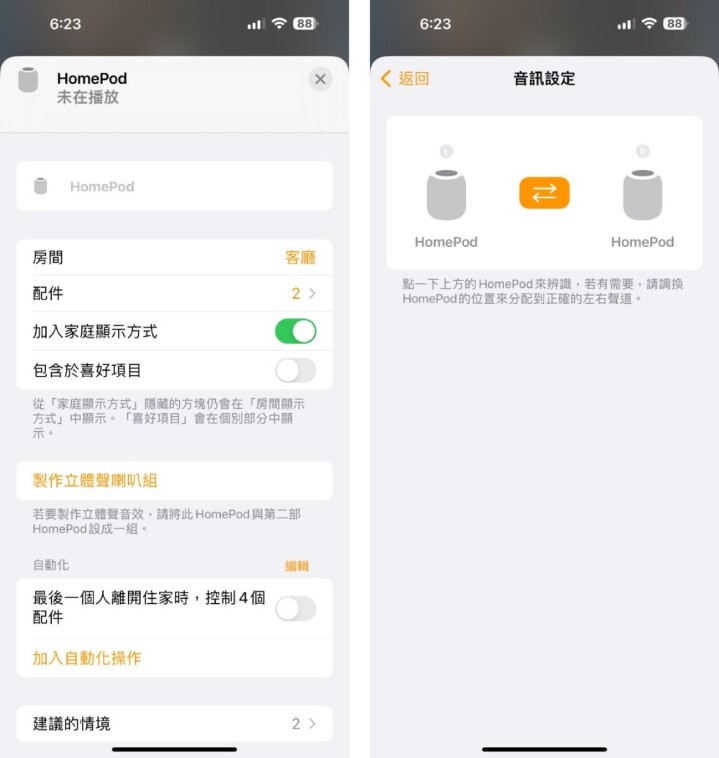
▲In the “Home” app, choose to combine 2 sets of HomePods into a stereo output mode, and you can further set the actual output positions of the left and right channels
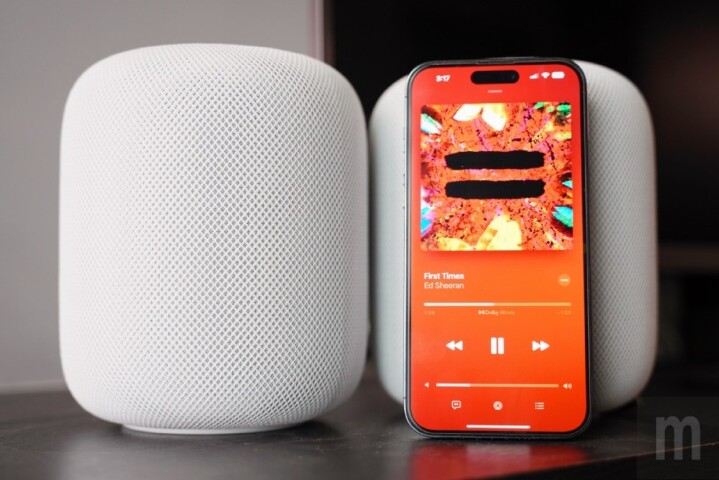
▲Explain more saturated sound experience through two sets of HomePod
However, this does not mean that Apple will “downgrade” the specifications of the second-generation HomePod.
In fact, Apple still uses its acoustic technology to allow the second-generation HomePod to use fewer tweeters and fewer microphones to achieve a listening experience similar to the first generation, and even better in certain music playback.
Like the previous HomePod design, Apple still allows the second-generation HomePod to automatically adjust according to the sound reflection of the environment. Compared with other speaker products, it is necessary to check the best frequency response position in the room through professional equipment and procedures, and make corresponding adjustments. Adjustment, the user only needs to play music through the second-generation HomePod, and the system will automatically calibrate it later, so that the user can have the same listening experience anywhere in the room, and there is no need to perform complicated test adjustments in advance during the process. Let HomePod play music in its environment, and it will adjust itself later.
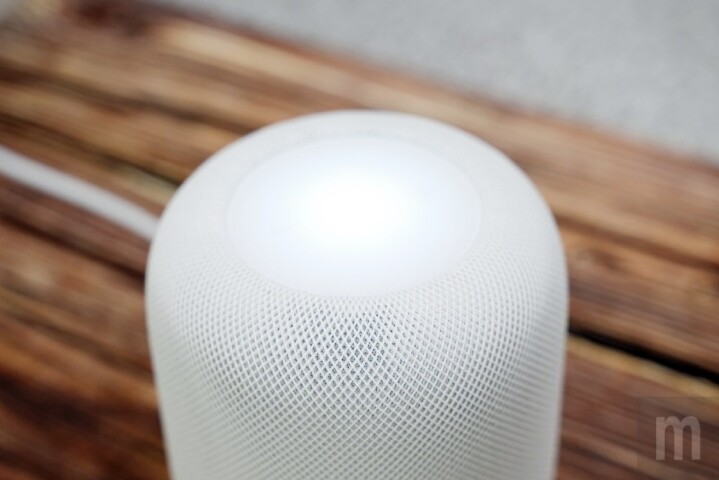
▲Users only need to play music through the second-generation HomePod, and the system will automatically correct it later, so that users can have the same listening experience anywhere in the room
Many people question whether the second-generation HomePod lacks 2 sets of tweeters and 2 sets of microphones, which will make the sound performance different, but in fact the overall sound quality is better, and even some bass turns into treble, or Noise handling is better than the first generation.
The main factor is that Apple has re-adjusted the spatial sound field algorithm, so it can correct the excessive high-frequency sound of the first generation in certain situations, so that the overall sound can be played in a smoother form. There are many controversial low-frequency attenuation issues. Apple obviously reduces the low-frequency ratio at high volumes. It seems to avoid excessive low-frequency sounds at high volumes, resulting in too “deep” sound.
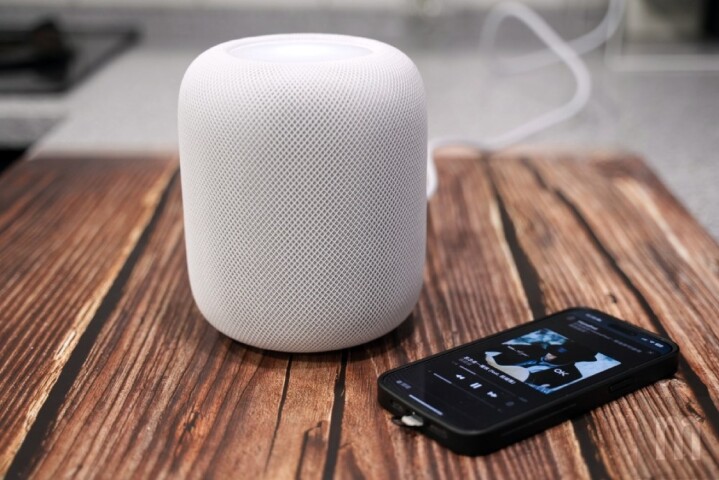
▲Although the hardware specifications have been simplified this time, it actually makes the overall listening experience better
Another controversy is whether the reduction of Wi-Fi specifications will affect the efficiency of sound transmission. If the ecological use of Apple products is mainly used, it will basically have no impact. The reason is that Wi-Fi 4 (802.11n) is used to play serial Streaming music audio is still sufficient, but if too many devices in the home are connected to Wi-Fi 4, especially when many connection needs must be transmitted through the home router, there may be delays, but it will not be a big problem .
In addition, the second-generation HomePod also supports the Siri digital assistant service, but it is mainly used as an interactive operation interface, and its focus is on sound presentation and listening experience.
How the second-generation HomePod compares to the first-generation HomePod
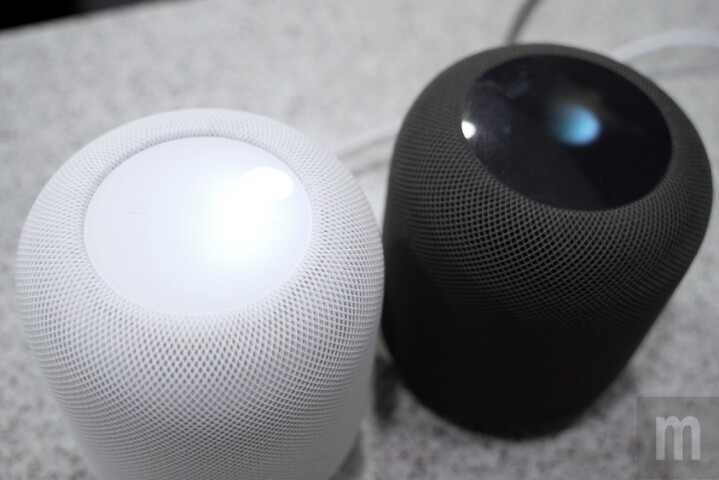
▲The second-generation HomePod is on the left. You can see that the upper touch interface is obviously recessed than the first-generation
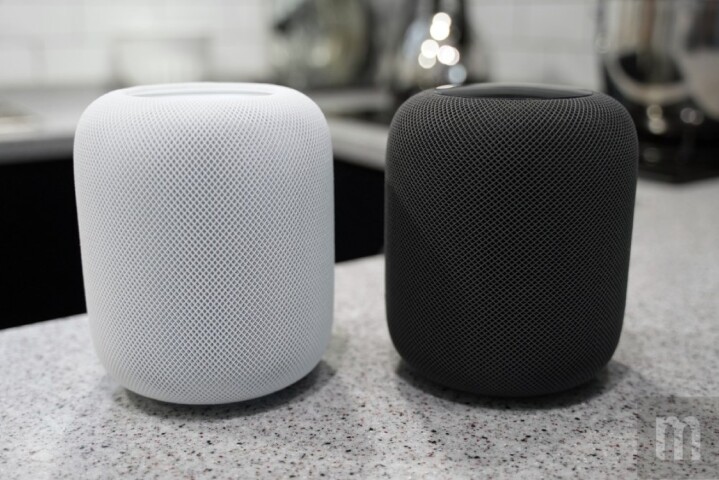
▲The obvious difference between the two can be seen from the side

▲The design of the bottom is also obviously different. The bottom of the first generation on the right adopts a concave design, while the second generation of HomePod adopts a full flat form
Smart home hub, support Matter protocol
Like the previous generation design, the second-generation HomePod can also serve as the control center of HomeKit IoT devices. More importantly, this time, it not only directly enables the temperature and humidity meter function that was added to the HomePod mini, but also allows users to directly control the HomePod in the “Home” app. Confirm the current temperature and humidity in the home, and even set the temperature and humidity conditions to automatically activate the HomeKit device in the home, such as turning on the fan and air conditioner when it is too hot, or turning on the dehumidifier when the humidity is too high.
In addition, Apple also turned on the voice recognition function of HomePod earlier, so that it can recognize whether the smoke detector or carbon monoxide detector in the home emits an alarm sound when it is activated, so as to determine whether there is a fire alarm, and can pass iPhone, iPad and Apple Watch to send alarm notifications, and even if there is a network camera that supports the HomeKit specification at home, the video shot by the camera will be added to the push notification at the same time.
This function is derived from Apple’s voice recognition technology application in the “Auxiliary Use” item in the “Settings” of the iPhone. It allows users to judge whether the smoke or carbon monoxide detectors in the home are activated through HomePod and HomePod mini, and can use iPhone and other devices Push notifications to know whether there is a fire at home, etc., and at the same time, you can call for help as soon as possible.
In fact, the second-generation HomePod also has another very important function, which is to add support for the Matter universal IoT connection protocol, which means that it will be able to further connect IoT devices that also support the Matter protocol in the future, and allow users to communicate with other IoT devices through HomePod. Networked devices linked.
However, since the devices supporting the Matter protocol have only been released since the end of last year and the beginning of this year, it will take some time before they are actually widely sold in the market, so this application may still take some time.
summary
From the perspective of smart speaker products, Apple obviously does not position HomePod as such a product, but it can easily allow users to listen to content played by streaming music services such as Apple Music, and has the ability to interact with smart connected devices such as HomeKit , and even answer all kinds of questions through the Siri digital assistant service.
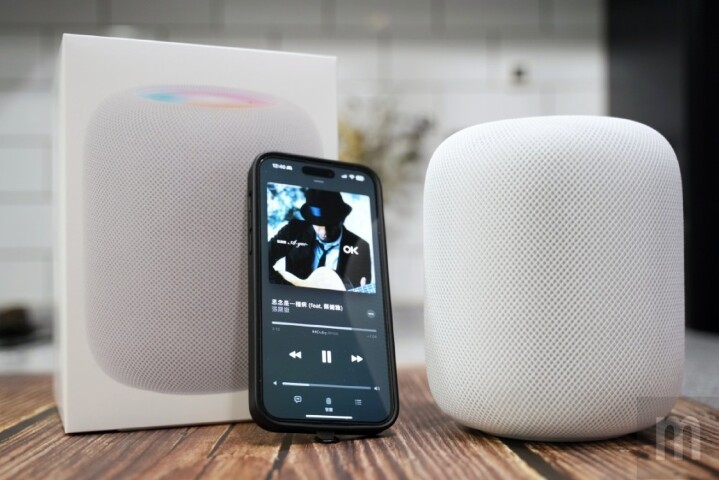
▲The second-generation HomePod also appeals for a simple listening experience
From the perspective of professional audio products, HomePod is obviously not pursuing the ultimate sound quality output performance, but allows users to more intuitively and simply get the best listening experience in the space where they are located, and can be used in any position. To get the same sound experience, the process is even as simple as setting the HomePod in a suitable position, and then playing a few songs to automatically adjust the best sound output mode.
In the design of the second-generation HomePod, although the adjustment of hardware specifications caused a lot of discussion, judging from the actual use experience results, such adjustments did change the original HomePod sound output curve, but relatively made the sound details more mellow , There will be no low-frequency sound ratio is too high, or there will be a drop in sound output in a specific sound range.
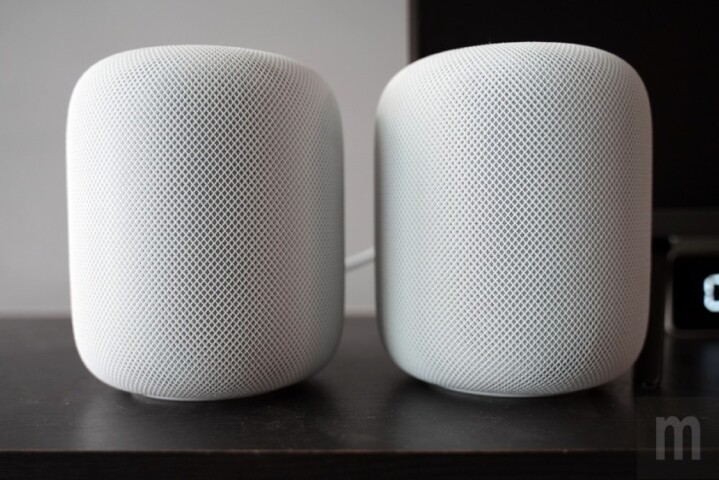
▲If the budget is sufficient, it is actually recommended to enhance the listening experience through 2 sets of HomePod
However, after all, listening to sound varies from person to person, and the actual sound performance obviously needs to be experienced in order to have a clearer feeling.
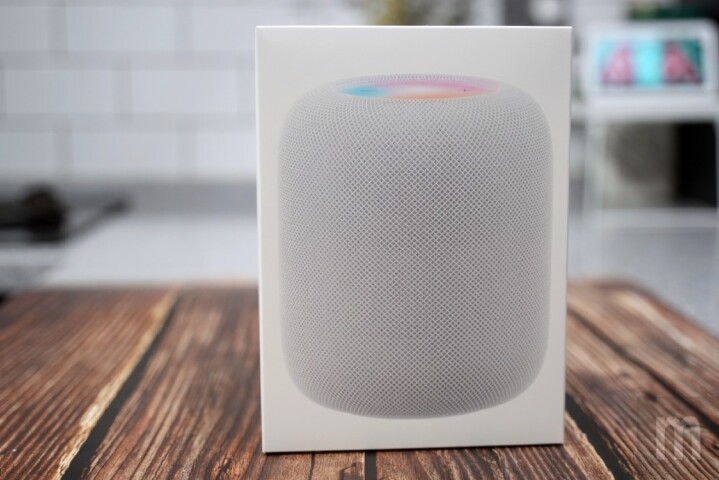
▲Second generation HomePod

